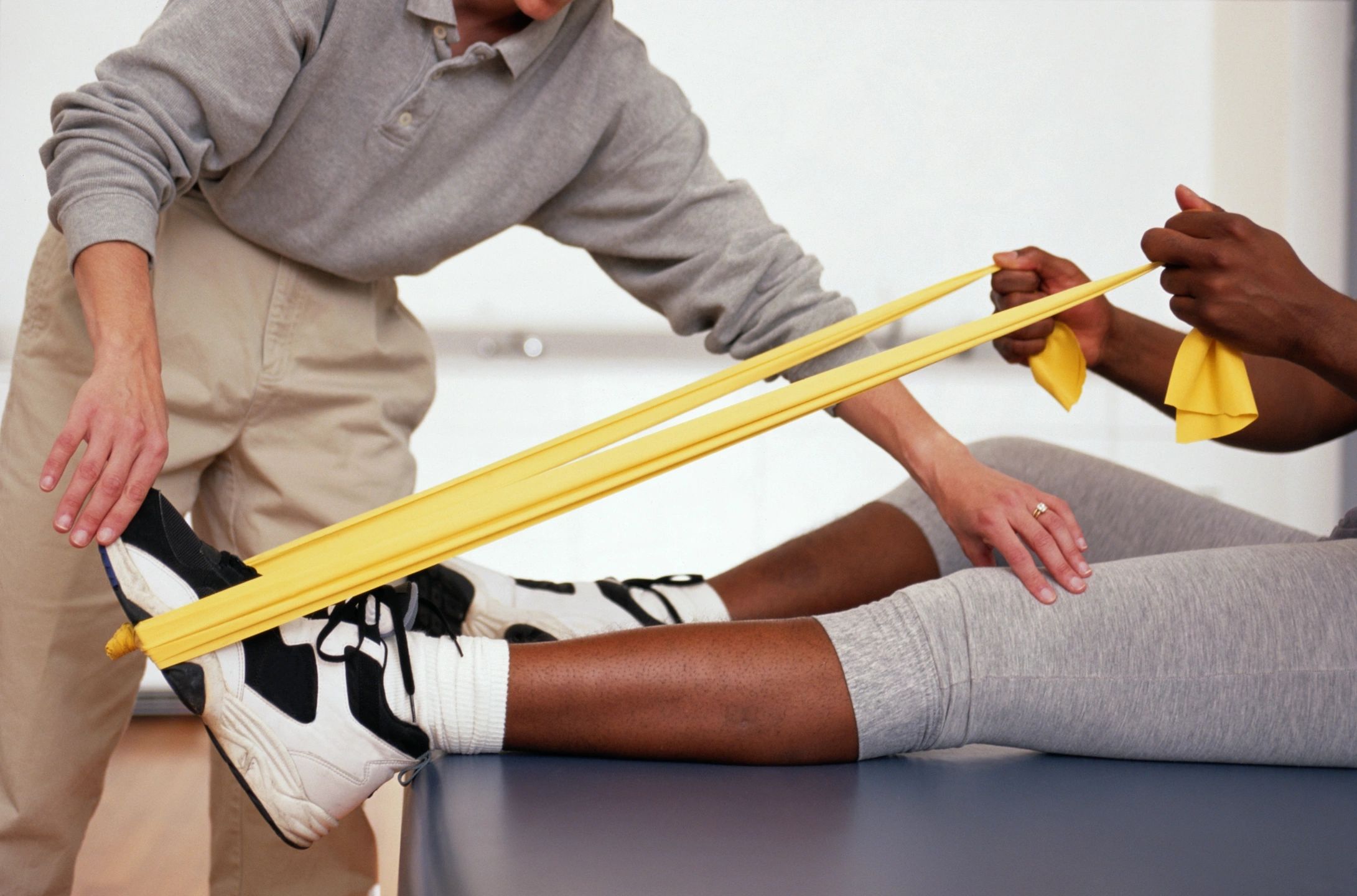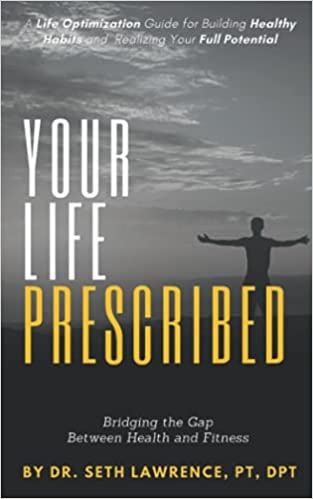If there were an injury that “has a target on its back”, this is the one. After low back pain, impingement syndrome is the most commonly seen injury in my clinic. Essentially it is another name for supraspinatus tendonitis, or inflammation of the tendon that attaches the most superior of the four rotator cuff muscles. We have spoken in the past about what tendonitis is so I will revisit it briefly. Tendonitis anywhere in the body can come from a number of different things. Repetitive trauma to the particular tissue can cause inflammation. But in most cases it is caused by overuse of a weak or tight muscle that is adding constant tension to the tendon attaching that muscle to the bone. In the case of impingement syndrome, the tendon is pinched on top between the acromion process of the shoulder blade and below at the greater tubercle where it most often attaches to the humerus (upper arm bone).
When a word ends in “itis”, it means inflammation of that particular tissue in reference. So tendonitis is inflammation of the tendon attaching muscle to bone. Tendons are responsible for force transmission to create movement at the particular joint. Ligaments attach bone to bone and protect against too much movement (hypermobility). Inflammation differs from swelling in that swelling is an inflammatory response to injury that happens around the joint or tissue involved. Inflammation is interwoven throughout the fibers of that tissue. This causes decreased blood flow and circulation that, if left unattended, can lead to necrosis or death of the tendon in this case. The tendon experiences microtrauma every time the arm is moved above the level of the shoulder. It is especially susceptible to injury if it is attached to a shoulder that is misaligned because of poor posture.
Mechanism of Injury (MOI)
Poor posture is the root of all evil. I will try to stay off my soapbox and on task when explaining this concept. Posture is another 37-page blog for another time. The best example I can give is that if the tires on a car are not lined up properly it will not drive straight. When poor posture is developed as a result of constant computerizing, telephoning, driving, eating or just plain laziness, the shoulder joint cannot work properly. Muscles that stabilize the joint get tight and don’t allow the shoulder blade to move in synchrony with the glenohumeral joint (shoulder) like it was designed. There is a rhythm to movement in the shoulder that is dependent on available range of motion from the scapula, which are the roots, to the humerus or the branches in this example. If upward rotation of the shoulder blade is limited then the supraspinatus has even less available space. This will lead to a continuous pinching of the tendon when the arm is being raised overhead. This can happen in abduction (on the side) or flexion (in front). Another tendon that is commonly injured when flexion range of motion is poor is the long head of the bicep that crosses in front of the shoulder. We will go into more detail about that in another blog soon to come.
In short the shoulder is very mobile but lacks stability. It is a ball and socket joint that can move in many directions when compared to a hinge joint like the elbow that just moves up and down.
Signs and Symptoms
When the stability of this joint is limited it will affect the mobility very easily and the result is pain with overhead movement that leads to pain at rest. Impingement syndrome is characterized by an initial deep ache in the side of the top part of the shoulder that will develop into pain with range of motion at or above the shoulder and reaching behind the back. It becomes overwhelming when you think about how much we use our shoulder joints.
Clinical Pearls
Now the good news…impingement syndrome, when caused by postural insufficiency is very treatable. Sometimes the pinch can come from a structural abnormality where the acromion process is hooked downward and pinches the tendon. This can also be taken care of with physical therapy but oftentimes a simple surgery to shave the hooked portion of the acromion can result in relief from the discomfort. If it is a functional deficit that is causing the irritation then it stands a good chance that postural re-education and rehabilitation can help.
The Bridge
Realign the joint by strengthening the mid, lower trap, and rotator cuff muscles. Mobilization of the shoulder blade and increased flexibility in the muscles that are pulling the shoulder in a poor position can decrease the consistent pinching of the supraspinatus tendon. Re-establishing the scapulohumeral rhythm can be gained with proprioception exercises and proper cueing of when to move what part of the body.
Then we just have to be accountable for our posture and remember to continue to work on strength and range of motion in those positions not often visited throughout the day.




